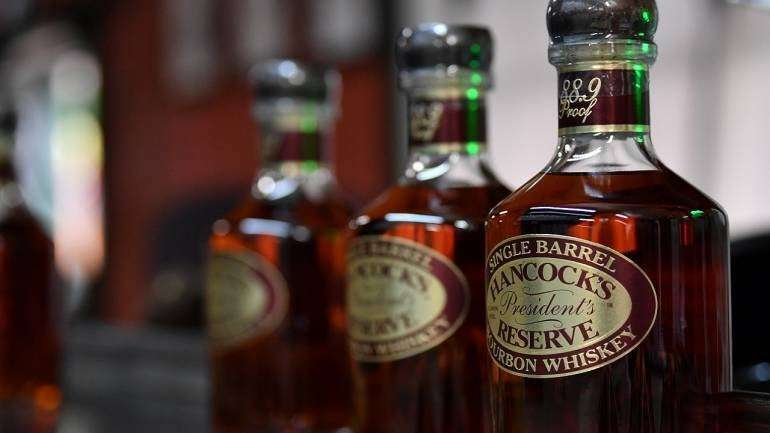America's colonial thirst in the road leading to prohibition, which imposed a constitutional ban on production, sale, and consumption of alcohol in the 1920s, was at an all-time high in the 1800s, as an average American drank nearly 90 bottles a year.
Even after factoring in the abstainers, Americans were consuming 1.7 bottles of a standard 80-proof liquor per person, per week.
In his book - Last Call: The Rise and Fall of Prohibition, author Daniel Okrent attributed the raucous consumption of alcohol in the states to the boom in the “corn belt” in the Midwest which created large new supplies of corn.
At this point, it was cheaper and more profitable to convert corn into whiskey than transporting it to eastern markets, without it spoiling.
Thus, as Okrent notes, by 1820s, whiskey was sold at twenty-five cents a gallon, making it cheaper than wine, beer, tea, coffee and even milk.
The number of distilleries also increased five-fold, to 14,000 in between 1790 and 1810.
“In cities it was widely understood that common workers would fail to come to work on Mondays, staying home to wrestle with the echoes and aftershocks of a weekend binge. By 1830, the tolling of a town bell at 11 a.m. and again at 4 p.m. marked ‘grog time,’” wrote Okrent in his book.
English traveller Frederick Marryat in his 1837 book "A Diary in America," noted that drinking was synonymous with both celebration and sorrow.
“I am sure the Americans can fix nothing without a drink. If you meet, you drink; if you part, you drink; if you make acquaintance, you drink; if you close a bargain you drink; they quarrel in their drink, and they make it up with a drink. They drink because it is hot; they drink because it is cold. If successful in elections, they drink and rejoice; if not, they drink and swear; they begin to drink early in the morning, they leave off late at night; they commence it early in life, and they continue it, until they soon drop into the grave.” wrote Marryat in his book.
Currently, an average American consumes 9 litres of ethanol per year, per capita - which is nearly three times less than per capita consumption in 1830.
Eastern European nation Belarus, which currently has the highest per capita alcohol consumption in the world at 17.5 litres of ethanol per year, per capita, is only consuming 66 percent of what Americans were consuming in the 1800s.

jim5cents on May 19th, 2020 at 00:28 UTC »
Im foing mt psrt
CocktailChemist on May 18th, 2020 at 23:37 UTC »
The biggest driver was the settlement of the Ohio River valley. Farmers were growing grain but had no economical way to get it to market. If they could get products to the Mississippi they could be sent down to New Orleans and shipped around to the Eastern seaboard, but that would have been rare. Overland transport was completely out of the question before the railroads.
Transforming that grain into liquor served the dual purpose of concentrating its value, so it became economical to transport, and also transformed it into something that couldn’t spoil.
LilianPumpernickel on May 18th, 2020 at 23:26 UTC »
I watched the documentary on prohibition on netlfix and they spend a LOT of time explaining just how much Americans drank right before the movement. Talking about how even young teenagers drank enormous amounts of booze. It was the only thing to do for a lot of people.
https://mobile.twitter.com/USvsPLASTIC